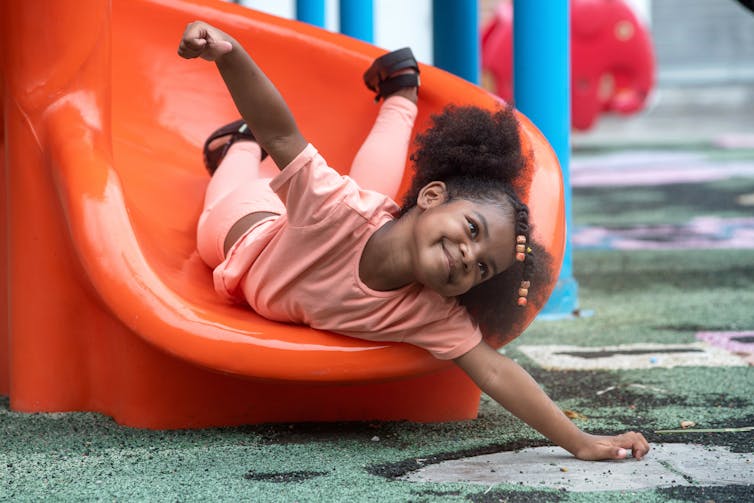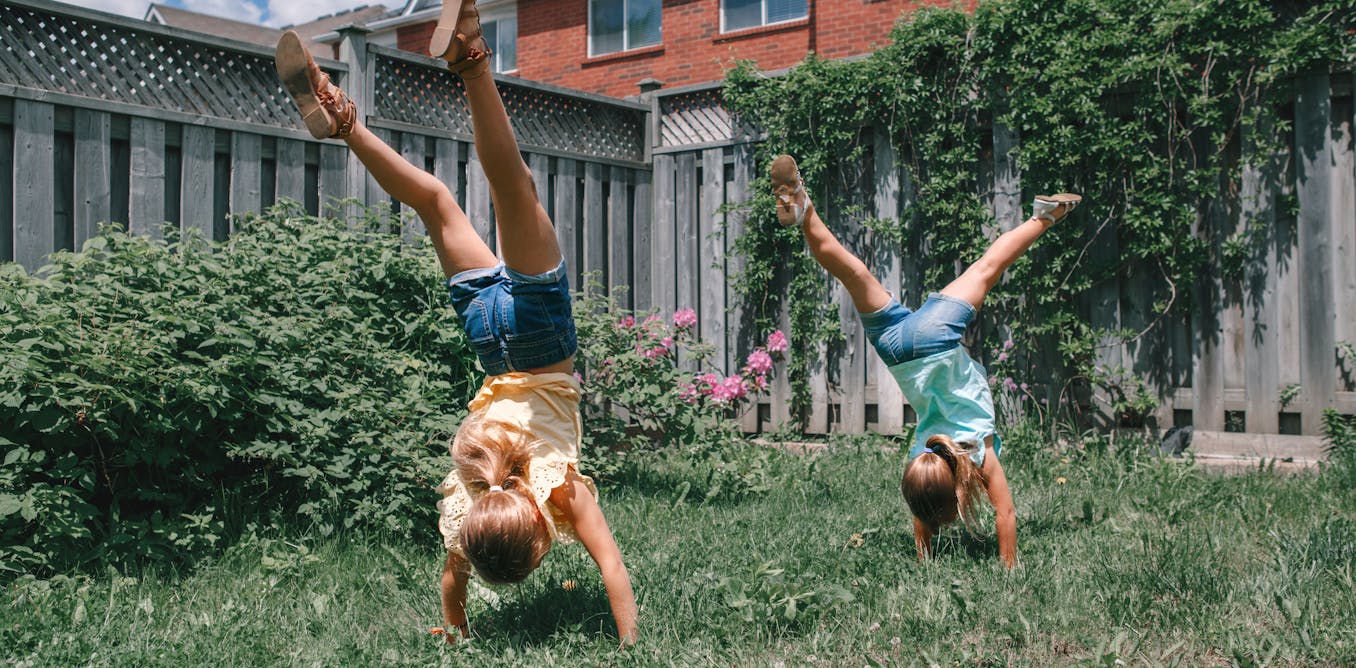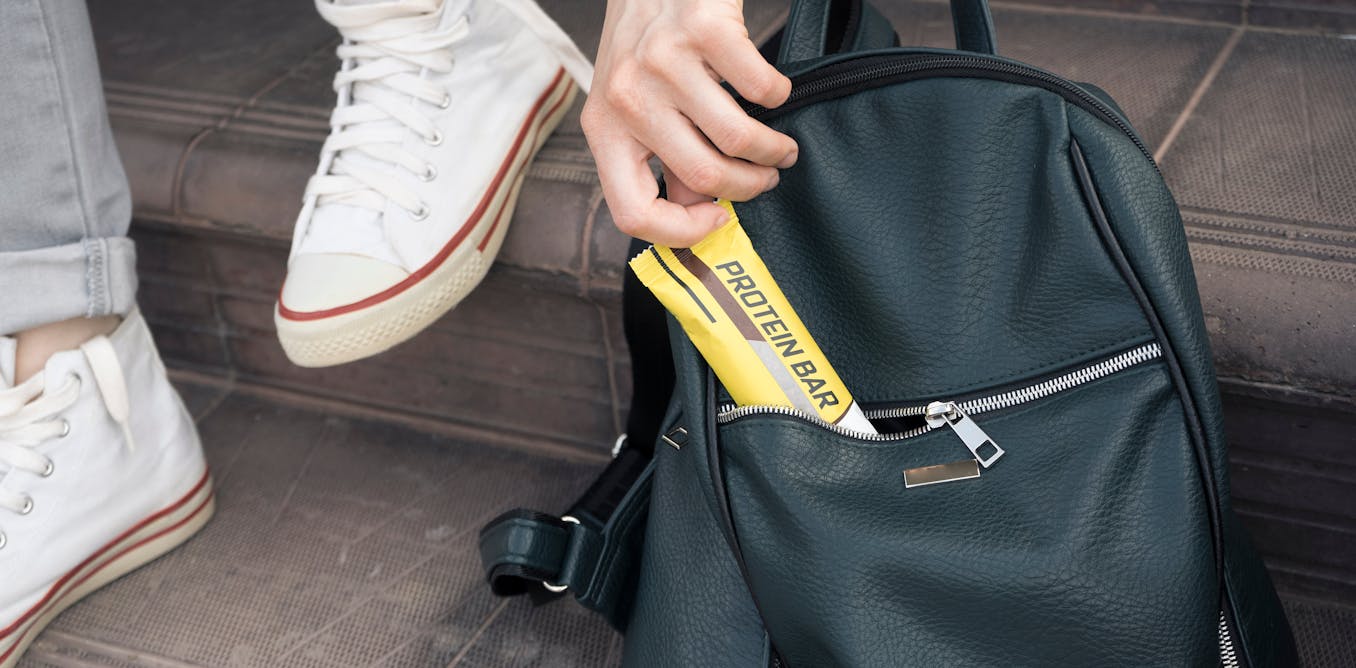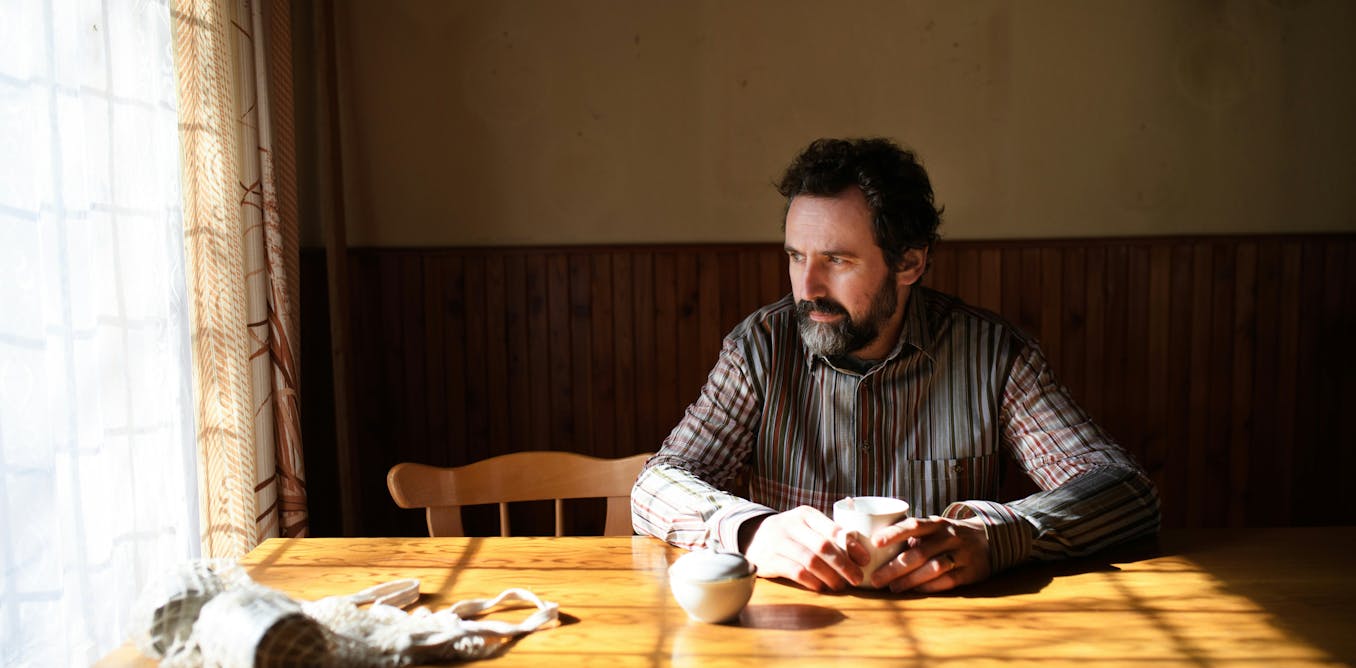The wellbeing of children is under the spotlight in the UK, after a 2025 report from Unicef ranked the UK at 21 out of 36 wealthy countries on child wellbeing. With growing concerns about mental health, rising screen time, and fewer chances to play – as well as the well-known links between physical activity and better mood – one solution seems obvious. Get kids moving more.
But our new research suggests that it’s not just about more activity. It’s about better experiences. Feeling safe, capable and free to choose matters is more important for children than just the number of minutes they spend running around.
Our findings from a national study of over 16,000 children aged seven to 11 across Wales found that while physical activity is clearly important, its benefits for mental health were more connected to how children felt while moving than to how much they moved.
Get your news from actual experts, straight to your inbox. Sign up to our daily newsletter to receive all The Conversation UK’s latest coverage of news and research, from politics and business to the arts and sciences.
We found that children who thought that they had control over how they were active, felt confident taking part in physical activity and believed they were good at it scored higher on wellbeing scales. These factors – autonomy, confidence and competence – were stronger predictors of wellbeing than more traditional measures like deprivation (normally we’d expect deprivation to positively or negatively affect wellbeing) or even total time spent being active.
We also found that children who felt safe where they lived, no matter how wealthy or deprived the area, were more likely to feel happy and well.
Yet too often, their chances to play and move are limited. Sometimes it’s because adults worry about safety, and so don’t permit children to roam or play in the potentially risky ways they might prefer. Other times, it’s because the places around them just aren’t built with children in mind.
Rethinking what we tell children
Interestingly, we found that knowledge of why activity is good for you – often taught in schools or health campaigns – was associated with lower wellbeing. This suggests that top-down, adult-led messaging that focuses on why physical activity leads to physical fitness or maintaining a healthy weight might be missing the mark.
For some children, it could even feel like pressure. Messaging from schools and organisations may be harmful if they focus on outcomes rather than experience.
The feeling of control or choice was strongly associated with better mental health and fewer behavioural issues. These findings echo what young people have previously told us: they want more opportunities to play, to choose how they move, and to enjoy being active without pressure.

chomplearn/Shutterstock
That’s not to say movement doesn’t matter. Children who moved more and sat less generally felt better about themselves. Less sedentary time was consistently associated with better wellbeing and lower emotional and behavioural difficulties.
But again, it wasn’t just the behaviour — it was the feeling behind it that mattered. Our analysis showed that the most significant predictor of low emotional difficulties was feeling safe. For behavioural difficulties it is feelings of autonomy and competence that played a key role.
We also found that girls were more likely to report emotional difficulties (trouble controlling emotions or acting on feelings), while boys were more likely to experience behavioural ones (trouble controlling behaviour). This suggests a gendered difference in how wellbeing challenges show up.
This tells us that supporting wellbeing isn’t a one-size-fits-all solution. The more we can listen to and work with children to shape activity around their needs, the more likely we are to reach those who might otherwise miss out.
How we move matters
For schools and youth organisations, this means rethinking how physical activity is promoted. Rather than more sports, more drills and more rules, children need inclusive, safe spaces where they feel confident to participate and free to choose.
A simple solution to this could include longer breaks between lessons and more free time to play, or varied activities that cater to different interests and skill levels.
It also means listening to what children say they need. In our previous research during the pandemic, children consistently asked for more time, safer spaces and permission to be active in ways that feel good to them.
If we want to support children’s wellbeing, we must shift from performance to participation. It’s not just about how fast they can run or how long they can play. It’s about whether they feel safe, capable, and in control.

The post “Feeling confident and in control when they’re active boosts children’s wellbeing” by Michaela James, Research Officer at Medical School, Swansea University was published on 07/14/2025 by theconversation.com




































Leave a Reply